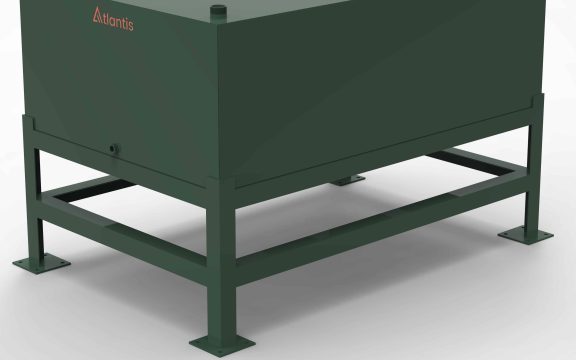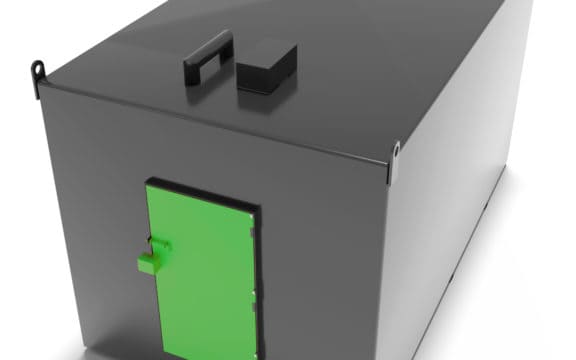There are no products in your basket.
Oil Storage Tank Regulations for Domestic Use
Oil Storage Tank Regulations for Domestic Use
Oil is a volatile substance that can cause contamination to watercourses if it escapes from your tank and finds its way there – which it invariably does. If this occurs, The Environmental Agency trace the spillage to its source and you’re likely to incur large clean-up charges. Of course, it’s not all about the money involved. Our natural water reserves, rivers and streams are important to the ecosystem and damage to them can take many years to resolve.
To prevent problematic oil spillages, there are strict regulations in place that you need to follow when choosing a tank to store your oil in and a location for that tank.
It’s vital that you take every precaution to ensure any accidental spillages are contained. If contamination occurs, you will have to demonstrate that you took every precaution possible.
There are different regulations for different sizes of tanks. For an oil storage tank with a capacity up to 3500 litres you must follow building regulations. If your tank can store 3501 litres or more, you must follow the regulations for businesses – source: https://www.gov.uk/oil-storage-regulations-and-safety
When installing an oil storage tank at a domestic property:
Choose an oil tank installer who’s registered with a ‘Competent Person’ scheme. Registered installers can self-certify that their work complies with building regulations and can deal with building control issues, like objections. This ensures that your tank is installed correctly, safely and in the right location.
If you choose not to use someone registered with a ‘Competent Person’ scheme, you’ll have to get a Building Control Notice from your local council. You’ll also have to pay for the inspection yourself.
Bunded or Single Skin Oil Storage Tank?
A bunded oil tank has a second skin to contain any spillages. It must hold 110% of the tank’s capacity and must also be impermeable to oil and water.
You must use a bund if your tank has a capacity of more than 2500 litres of oil.
You’ll also need to use a bunded tank if your tank is to be located in any of the following places:
- where oil spills could run into an open drain or a loose manhole cover
- where the tank vent pipes cannot be seen when the tank’s being filled, for example because the delivery tanker is parked too far away
- within 10 metres of coastal waters or inland fresh waters like lakes or streams
- within 50 metres of a drinking water source, for example wells, boreholes or springs
- where oil spills could run over hard ground and reach coastal waters, inland fresh waters or a drinking water source
- in the inner zone of groundwater source protection zone 1
Source: https://www.gov.uk/oil-storage-regulations-and-safety/home
Further situations that need a bunded oil storage tank:
- An oil storage tank of any size will need to be bunded if the vent pipe cannot be seen from the fill point. This is known as a “blind fill”.
- If you are located in Wales, all new oil tanks installed on domestic or commercial properties must be bunded.
- Bear in mind that all commercial installations required a bunded tank
If you’re unsure, check with an OFTEC engineer who will advise whether you can use a single skinned tank. But, bunded tanks are safer and it’s highly likely that, sooner or later, the regulations will only allow tanks with a bund to be used for domestic oil storage.






